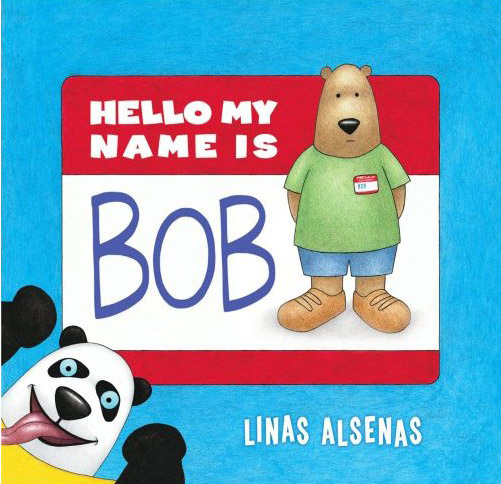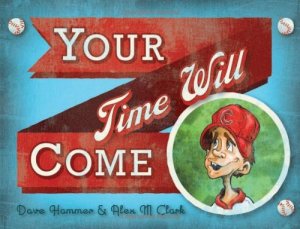Illustrated by Tom Lichtenheld
(Chronicle Books, 2011)
If Goodnight Moon and
Mike Mulligan and His Steam Shovelbore a picture book child, this would be it. This is a bedtime story for little
ones who pass the day digging and building in sandboxes with tough trucks that
create, demolish and rebound all to a soundtrack of animated whirrs and booms.
There is a time when construction workers, both young and
old, must call it a day and when, as imagined by author Rinker, the powerful
vehicles must shut down for the night.
The sun has set, the work is done;
It’s time for trucks to end their
fun.
So one by one they’ll go to bed
To yawn and rest their sleepy
heads
Her rhyming tale features the day’s end rituals of Crane
Truck, Cement Mixer, Dump Truck, Bulldozer and Excavator. Illustrated by Tom
Lichtenheld, each vehicle takes on a human quality as front windows or
headlights become eyes and front hoods transform to mouths. When each engine
shuts off, the reader says, Shh...goodnight,
________, goodnight.
My favorite illustration shows Crane Truck asleep while clutching
a teddy bear as a shining star acts as a nightlight dangling from the boom
hook. Having tossed and turned through a restless sleep last night, I feel
complete envy for this endearingly sweet image.
No doubt, this will be a popular read night after night. I
can envision parent and child whispering goodnight to each truck before the
parent provides the final tucks and bids the child, “Shh...goodnight, _____,
goodnight.” And,...lights out.
Who knows what construction projects await in the little one’s
dreams?!









